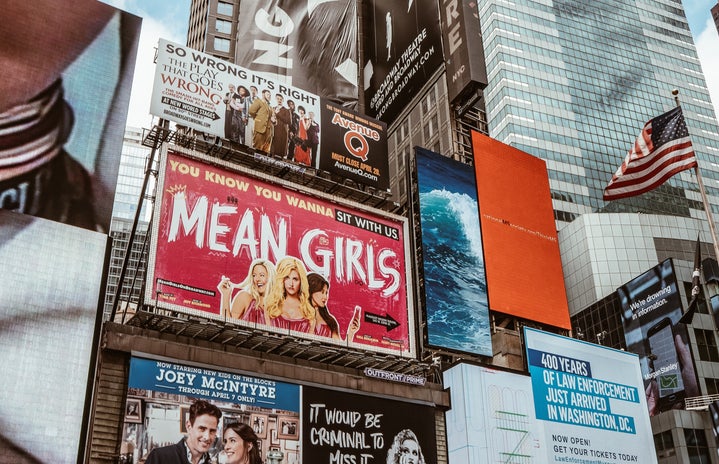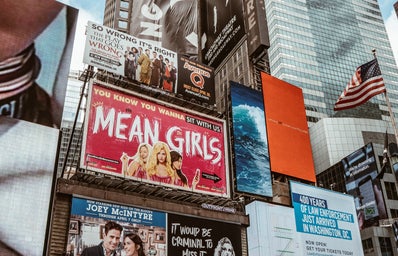Since its birth, marketeers have relied on gender stereotypes to sell products. Although society has progressed, advertising has reinforced dangerous labels and gender cues since the early 1900s and still does today. From seemingly harmless colour divides and the ‘pink tax’, to sexualisation and “not for girls” slogans, the world of contemporary advertising still has a long way to go.
Firstly, we are conditioned to purchase certain products from infancy. Toys are often marketed in both pink and blue versions, even if the product is identical and gender neutral otherwise. The baby gets used to the colour and once they are old enough to choose their own toys, favourite colours are already set and hard to discourage. Furthermore, female child actors have always advertised ‘play kitchen sets’ or ‘barbies’, while boys are shown trucks, trains, and Lego. Recently, gender reveal parties have been reinforcing this notion too, stereotypes of pink being girly and blue boyish, even before the baby is born!
Once we grow up, women in advertisements are sexualised and forced to promote an unattainable body image. The assumptions and stereotypes that are a consequence of popular media having become ingrained into our societal norms; they promote an ideal image of women as pretty and skinny, with blemish-free skin and perfect hair. As well as 85% of the female actors in these adverts being white. Sex sells, so the objectification of women in adverts is used to capture male interest immediately. Women feature in the vast majority of hygiene, beauty, and clothing adverts, not men. Even though consumption of products is evenly split between genders, 99% of laundry and 70% of toiletry products are targeted at women.
Here are 3 controversial ad campaigns that are blatantly sexist:
1. My Protein: A 2018 campaign had two billboards, targeting men and women respectively. The women’s showed a white, bikini-clad model, promoting protein powder and weight loss supplements. The slogan read “Are you beach body ready?”, suggesting that women must slim down quickly for summer using their products, or risk being embarrassed of their natural bodies. This was met with retaliation and graffiti, condemning its message.
Not only was the women’s billboard fatphobic, but it also sent out a completely different message than the men’s. Their slogan was “Fuel your ambition” and promoted strength, even offering a free sample of creatine, a kind of supplement to encourage muscle growth. The same brand therefore was telling women to lose weight, while encouraging men to have an ambitious mindset.
2. Yorkie: Famous for its tagline “Not for girls”, this chocolate bar has a long history of sexist marketing. Nestlé advertised the treat as “Not available in pink” in 2002, and since has also promoted it using “King size not Queen size” and “Man fuel for Man stuff”. Another example of unnecessarily using gender labels and alienating half of your audience!
3. McCoy’s: Once again a company using their own definition of masculinity to promote treating women differently to men. “Man Crisps” was the slogan. Television adverts would show men thrown out of pubs and having their McCoy’s confiscated because their music taste was too girly, or other ridiculously futile displays of sexism.
In this contemporary world, we are learning more and more how gender does not define people. However, popular media and massive marketing corporations are still profiting off gender stereotypes. Unfortunately, norms are hard to break, but we should be focusing more as a society on promoting new messages and breaking these longstanding sexist conventions.

